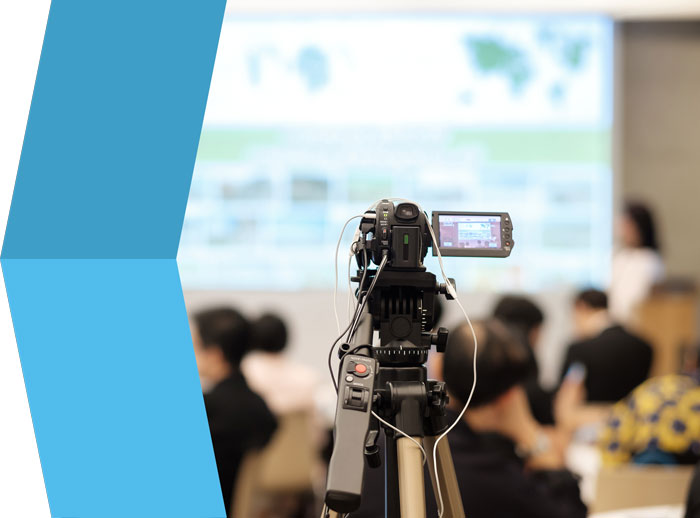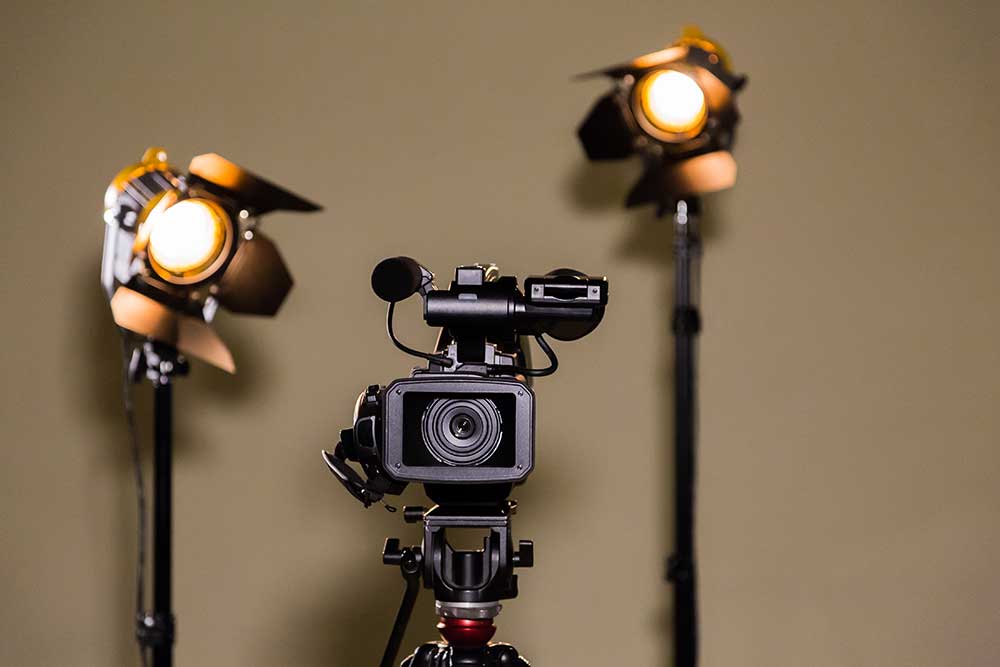Legal Videography: Transforming the Way Evidence is Captured and Provided
Legal Videography: Transforming the Way Evidence is Captured and Provided
Blog Article
Delving Into the Mechanisms of Legal Videography: Introduction Its Operation in Safeguarding Genuine Aesthetic Testament for Judicial Proceedings
In the realm of judicial process, the function of legal videography stands as a keystone in preserving and offering aesthetic evidence. As modern technology proceeds to advancement, the devices behind lawful videography have actually come to be progressively complex, using a crucial layer of authenticity to testaments captured on video.
Historic Evolution of Lawful Videography
Analyzing the historical progression of lawful videography discloses a considerable change in the catching and presentation of aesthetic proof within the lawful landscape. In the past, legal process heavily depended on created transcripts and pictures to document events and give evidence. With the arrival of video innovation, the legal sector observed a paradigm change in how aesthetic testimony was captured and offered.
The advancement of lawful videography can be traced back to the late 20th century when improvements in video clip recording devices made it much more available for use in court rooms. This technological improvement not just boosted the precision and dependability of visual evidence yet also revolutionized the way instances existed to discretionary (Legal Videography). Lawyers began to acknowledge the influential power of video clip recordings in sharing feelings, nuances, and non-verbal signs that written transcripts or photographs alone could not catch properly

Innovation Advancements in Video Documents
What vital technical advancements have transformed video paperwork in the lawful area? The lawful field has seen significant innovations in video paperwork technology that have actually improved the authenticity and integrity of aesthetic proof in judicial proceedings. Among the vital advancements is high-def (HD) video clip recording capacities, which offer crystal-clear photos and sharp information that are essential for accurately capturing testaments, faces, and various other aesthetic hints. In addition, the combination of timestamping and metadata features in video clip paperwork devices has actually enabled accurate paperwork of when and where the video clip was tape-recorded, making sure the stability of the proof presented in court.
Moreover, advancements in video clip security and watermarking technologies have reinforced the protection and tamper-proof nature of video proof, guarding it against unapproved modifications or tampering. Additionally, the development of cloud storage services and remote access capabilities has structured the storage, access, and sharing of video evidence, assisting in seamless collaboration amongst lawyers and guaranteeing efficient accessibility to important visual testaments when required. These technical developments in video clip paperwork have actually certainly revolutionized the legal field, enhancing the precision, integrity, and admissibility of aesthetic proof in judicial proceedings.
Role of Lawful Videographers in Courtroom Settings
The evolution of video clip documentation modern technology in the legal area has actually demanded an essential role for lawful videographers in court room settings, making sure the integrity and reliability of aesthetic testimonies presented throughout judicial procedures. Lawful videographers play a basic duty in catching and protecting precise aesthetic proof that can be critical in litigation. Their obligation encompasses establishing devices, tape-recording proceedings, and generating high-quality video clips that accurately show the events in the courtroom.
In addition, legal videographers typically function carefully with legal teams to make certain that the video proof lines up with the instance's requirements and can be properly provided in court to sustain the lawful disagreements being made. Overall, the function of lawful videographers in courtroom setups is indispensable in promoting the concepts of justice and guaranteeing the transparency of lawful proceedings. Legal Videography.

Ensuring Admissibility and Integrity of Video Evidence
To keep the reliability of visual proof presented in legal proceedings, guaranteeing the admissibility and honesty of video proof is a critical obligation for legal videographers. Admissibility describes the approval of evidence by the court, and for video proof to be permissible, it must satisfy specific criteria. Lawful videographers play a critical duty in ensuring that the videos they catch follow the policies of proof, such as authenticity, relevance, and reliability.
Honesty of video proof involves preserving the originality and accuracy of the video footage from the time it is tape-recorded up until it exists More hints in court. This includes safely saving the video clip files, documenting the chain of custodianship, and protecting against any type of meddling or changes. Legal videographers need to abide by strict methods to guarantee the stability of the video evidence and protect against any difficulties to its credibility.
Future Trends in Legal Videography
Provided the increasing reliance on innovation in lawful process, lawful videographers are poised to accept ingenious advancements shaping the future of aesthetic testimony capture and discussion. One of the popular fads imminent is the integration of digital reality (VR) and see here increased truth (AR) technologies into legal videography. These innovations have the possible to transform exactly how visual proof is offered in courts, enabling judges and juries to submerse themselves in the scene of the criminal activity or event.
Furthermore, using fabricated intelligence (AI) formulas for video clip analysis is expected to enhance the procedure of assessing and analyzing big amounts of video clip footage. AI can help in recognizing essential moments, abnormalities, and patterns within videos, enhancing the performance of legal examinations.

Final Thought
To conclude, legal videography has played a vital function in giving authentic aesthetic proof for judicial procedures. With technological improvements and the competence of legal videographers, the honesty and admissibility of video clip evidence are made certain in court settings. As legal videography remains to evolve, it will certainly be vital to maintain requirements that maintain the accuracy and dependability of visual testament for the future of legal proceedings.
Analyzing the historic development of lawful videography click to investigate exposes a considerable transformation in the recording and discussion of aesthetic evidence within the lawful landscape.The advancement of video clip documents modern technology in the lawful field has actually demanded an essential function for legal videographers in courtroom settings, ensuring the honesty and dependability of aesthetic statements presented during judicial process. Additionally, legal videographers typically work very closely with legal teams to make certain that the video clip evidence straightens with the instance's needs and can be properly presented in court to support the legal disagreements being made.To maintain the credibility of visual proof presented in legal procedures, making certain the admissibility and integrity of video evidence is a crucial responsibility for lawful videographers. As legal videography proceeds to develop, it will certainly be vital to maintain criteria that preserve the precision and reliability of visual testament for the future of lawful proceedings.
Report this page